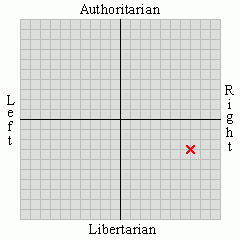
Tolstoy’s War and Peace for me is remarkable as a set of epic scenes held together by a loose narrative and a somewhat tendentious philosophy of history. Those epic scenes, though, are incomparable, pushing to the heart of national consciousness, pushing to the heart of what it is to be Russian.
There is no better illustration of this idea than that depicting the dance of Countess Natasha Rostova, an aristocrat, French educated, a person who knows, or should know, nothing of deep Russia, not sophisticated, just enduring. Yet after the wolf hunt, when the party is resting in a peasant hut, after her uncle begins a folk tune on his guitar, she dances, a dance she has never been taught. At once all of the cosmopolitan sophistication disappears; at once she reaches by intuition alone into the ancient culture of her people. Tolstoy describes it thus;
Here was a young countess, educated by a French émigré governess. Where, when and how had she imbibed the spirit of that peasant dance along with the Russian air she breathed, and those movements which the French style should have squeezed out of her long ago? But her movements and the spirit of them were truly Russian, inimitable, unteachable.
It’s a sublime moment, beautifully captured in words, beautifully captured in image in Sergei Bondarchuk’s movie made in the days of the old Soviet Union.
















" At once all of the cosmopolitan sophistication disappears; at once she reaches by intuition alone into the ancient culture of her people"--I quite like this description if I might say so. A fine film too--a country mile better than the dreadful English speaking version made in the late 50s.
ReplyDeleteIt's a wonderful film.
ReplyDeleteAna, thanks for the great clip. Here's a link for you [flagged for me by my friend Tony] from the other end of human life:
ReplyDeletehttp://www.life.com/image/first/in-gallery/42032/wwii-inside-hitlers-bunker
Image 13 is particularly amazing.
Thanks, Michael. I shall have a look.
ReplyDeleteMichael, what amazing images. What amazes me most, though, is that I have never seen them before.
ReplyDeleteI think that Time-Life just published them for the first time last month. The pictures had been sitting in their archives for 65 years!
ReplyDeleteI live near Tolystoy's house :-)
ReplyDeleteThe more classics we read, the more we learn different things.. There was a quote about classics like "war and peace". It says "one should read classics 3 times in his/her life; in childhood, in middle-age and in over age. The problem is that there'll be too much thing to read in this case =P
ReplyDeleteBravo, that's something I missed. I assume it's a museum now?
ReplyDeleteVery true, Kunday. :-)